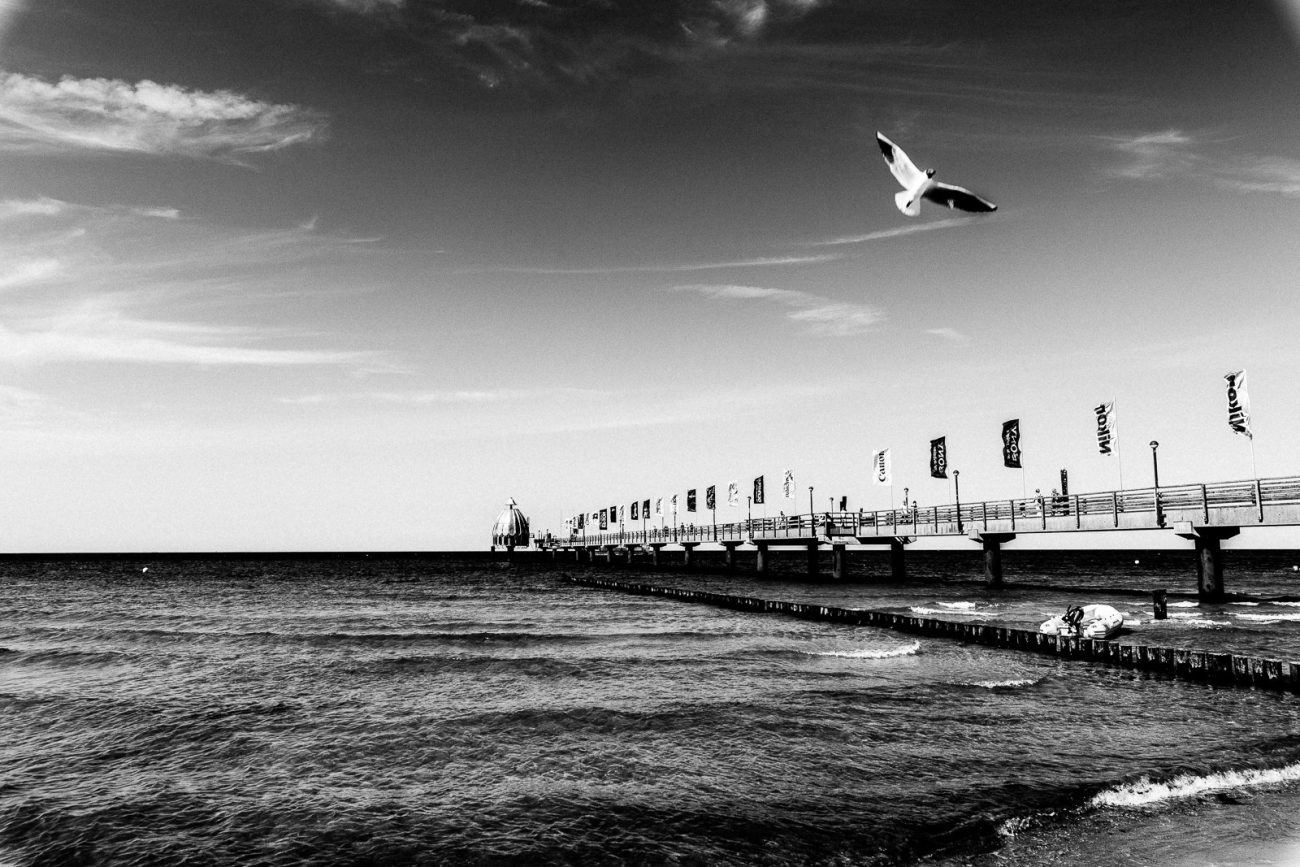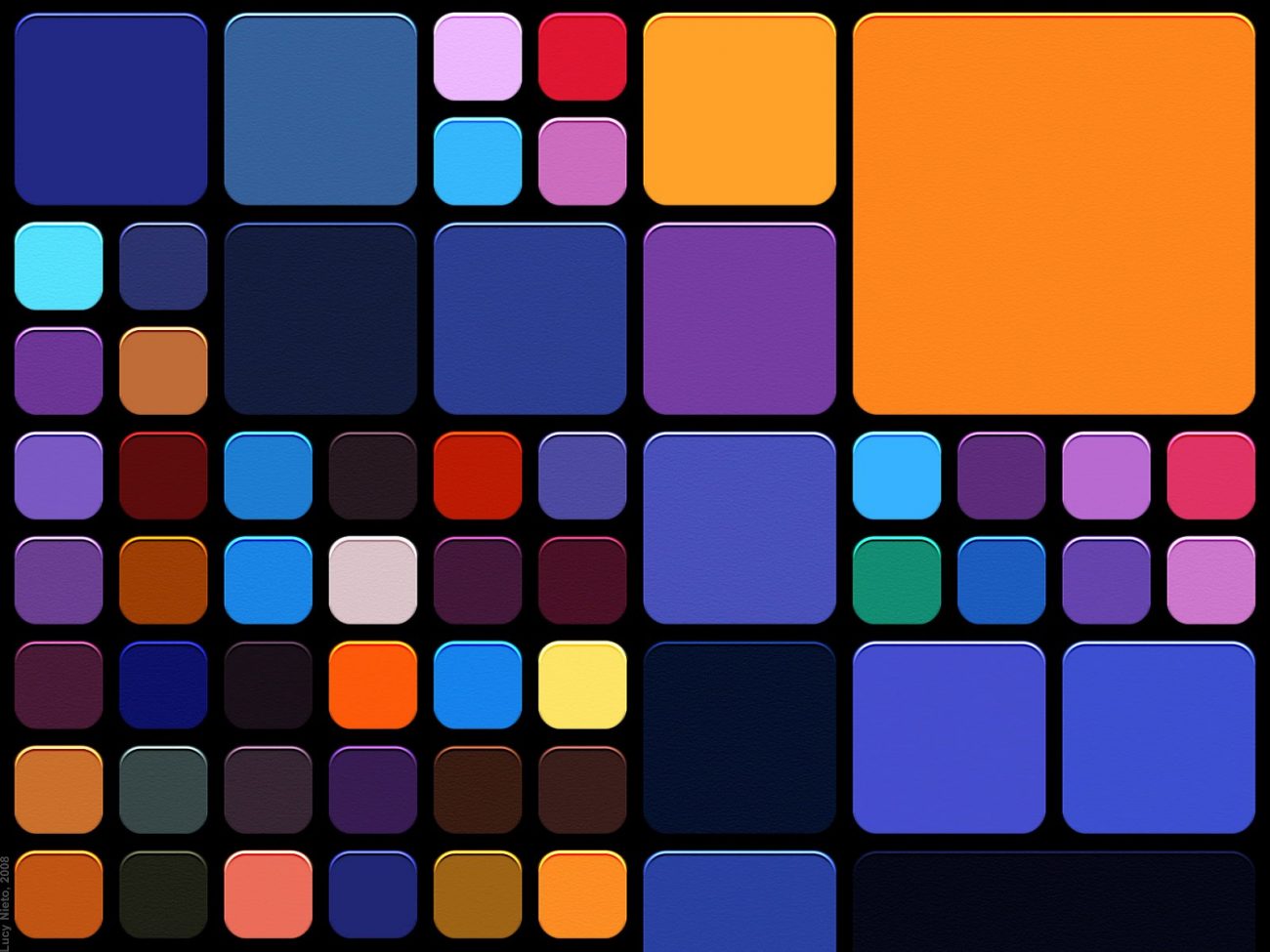To commemorate the centennial of Degas’s death (1917), many books were published and shows were held. In London, The National Gallery show “Drawn in Colour” was organised in conjunction with it and with the marvellous opportunity to include works from the Burrell collection. I visited together with Dr. Penny Florence (Slade) and as we both come from a different background, our conversation in front of the paintings spurred new insights and encouraged me to write about Degas’s work, the way I see it.
The young Degas broke off his study at the L’Ecole des Beaux-Arts as he couldn’t stand the competitive way in which the subjects were treated. A trajectory of schooling as a racecourse instead as that of the individual’s Bildung. It is a testament to the modes of thinking and regulation of power structures as found within an institute such as the Ecole des Beaux-Arts. It is this type of authoritative thinking which made Cassat Degas’s student instead of his fellow artist. Our time like the times before require a strong tendency to resist the often all too male power structures in thinking and to resist the ease with which we are drawn into their overarching structures.
In a way this departure from the academy could function as a model for Degas’s development as an artist. His upbringing was deeply rooted in the aristocratic traditions of the 18th century, regarding chivalry one of their most important virtues. He loved horses and started drawing horses at the outset of his development as an artist. He painted many horses as well as horse races in which the composition functioned as a metaphor for his philosophical points of view. It was within his class environment that you could discern one’s aesthetic disposition from the way sports were practised. This was especially true for horse riding. Certain fashions came down from England, like the steeplechase. La Société des steeple-chases (founded in 1863) was restricted for membership to the upper class. To be admitted, there could be no payment for your participation and related costs and as such the society promoted a disinterested sportsmanship contrary to that of the professional jockeys. It is precisely this type of amateurism and detachment, a spirit of disinterest that is at the heart of Degas’s way of practicing his craft, giving form to his notion of classical antiquity’s ideals of moral virtue (Paideia/Arete).
Shao-Chien Tseng (from her contribution to : “Perspectives on Degas” edited by Kathryn Brown, 2018): ‘His work implies a resistance to embourgeoisement of noble values and a confirmation of class distinction via the realm of sport.’ I can’t entirely agree, as I see it the noble values were not preserved but it was far more a custom, if you like the outer shell of aristocratic habits that was abused and as such the noble values did not remain. Though we might understand what Shao-Chien means, as follows, that the Bourgeoisie makes the noble values of the aristocracy her own (which wouldn’t be that much of a problem); but embourgeoisement in general means the acquisition or adoption of middle-class values and manners (by the lower classes). I feel the parallel here is (and I’m leaning on Shao-Chien as before) how the art world changed into a public spectacle like the horse races, produced by professionals for consumption by the masses with moneymaking at the centre of it all. Nowadays I feel this decline is most strong and has led us to a total loss of artistic value within much of the “art” production that is going on. Just think of Damien Hirst’s recent sculpture show at the Venice Biennale. This truly was ushering in banality (as I feel Koons’ work is as well). A spectacle directed at the big masses and without any serious artistic content. Although this content was ubiquitously implied as a vulgar veil of antiquity, or a je ne sais quoi that really was not known to the creator or it’s public in any way. An unprejudiced look could lift this veil, like it did with the emperor’s clothes, and unveil the naked truth.
Art is structured by a resistance to the temporal, through this resistance the artist (which Vermeer, Degas and Cézanne exemplify) will find himself in a realm beyond the momentary. Glenn Gould (pianist) is also very important as the real, spiritual artist par excellence. I selected some of his most relevant sayings: ‘Because I think that the only advantage that any artist has. I think that any artist can really write about and all artists do write about whether they know it or not, is that distance from the world./But I have had all my life a tremendously strong sense that indeed there is a hereafter and that the transformation of the spirit is a phenomenon with which one must recon and in the light of which one must intend to live one’s life. As a consequence I find all the here and now philosophies repellent.’ ‘The artist,’ he [Degas] said, ‘must live apart, and his private life remain unknown.’ (George Moore/recollections of Degas) For the artist with this type of distance from the world, art will take over. The structural locomotion of his praxis will become the user’s guide to the understanding of his artistic language; will become the artistically and emotionally defined expression of his manual dexterity.
Heather Dawkins in her essay “Degas and Subjectivity; From psychoanalysis to the extended mind” brings the following anecdote to the fore involving Daniel Halévy who reported that the artist had replied in an unexpected way to the thought that someone might accuse him of having lost his mind: ‘If someone said I had lost my mind’, Degas replied, ‘Don’t you think I’d be pleased? What use is my mind? Granted that it enables me to hail a bus and pay my fare. But once I am inside my studio, what use is my mind? I have my model, my pencil, my paper, my paints. My mind doesn’t interest me.’
Heather Dawkins: ‘Degas’s distinguished way of working seems to have been the foundation for distancing himself from the social and ideological connotations of his imagery and for focussing on the possibilities that arose from materials and processes that were understood by him as having creative agency in and of themselves.’ It was the space of his studio at 37, rue Victor-Massé in which he worked for over twenty years (1890-1912) that she links with the notion of an extended mind. The studio really is more or less a part of him and his thinking and determines the creation of his work. With the seventies in mind we could call his type of working process art, which in a way would explain many of the oddities of finish. But surely, Degas would suffer from such a characterisation. This is just the thing, the all too apparent definition of a complex process kills of it’s spontaneity, it’s spontaneous spill into other realms of creativity, of sensory complexity, which lies hidden beneath the restraint that goes with a definition.

I am bringing all this to your attention to underwrite the plausibility of my personal, artist’s reading of Degas’s work. Which you shouldn’t approach as that of a chronicle of his time or political and social views. It may all have been there but more like noise, the sound of an ambulance’s siren protruding the concert hall whilst an orchestra is playing. I feel you could simply read it formally and delight in it’s color and relations between different shapes; like a ballet of triangles and wavelike color fields. Space divided via it’s multifarious reading of interrelated formal patterns. A patterning that is intended to be a multiplicity of instantaneous sensation. Mostly his work is about an imagining of movements; indeed a choreography of sight. Within this dance, it is the abstract structural base of the composition that determines it’s optical appearance. It is this optical appearance beyond the recognition of the objects described, which confirms itself through it’s enjoyment as such, within the working process of which the act of looking remains the constant. The act of looking is the actual constituent of the work and it’s formal execution. This act continues through and beyond time, beyond the individual spectator into a realised realm of optical and as such visual liberty. It is therefore orchestral as it reaches for the greater auditory realm of experience as an equal to the visual realm of appearances, two dimensional and beyond, that which is seen only through the actual embrace of space, the space we inhabit.
When I look at “After the Bath” of about 1896 the first thing I see is the play between concave and convex forms, light and dark transitions modelled, multiplied via a diagonal axis of sight. The naked body of the bather is subjected to the dance of a triangle which shifts and turns, spirals all through the picture plane. Her contortions are due to her submission to the artist’s look, a look that is defined by a play of abstractions like a fusion of the Apollonian and the Dionysian. It is as if the God of geometry is everywhere, maybe it is a reference to the all pervasive presence of the trinity in Catholicism, a personal declaration of his enduring faith. This however would only have been of second-rate importance to him. Just experience how the triangles shift their pointed orientation. The movement starts at the bottom with the angle of the tabletop, soft purplish-grayish-blue moves into a bright blue floor projecting upwards within the space described by her foot supporting the upward movement of her body and leg, which is made more prominent by the smaller, sharper angle at which the other leg is placed on the large cream coloured towel. Via the angle of her contorted back we finally rise to the topmost triangle of her arm. This spiral movement is balanced by it’s own diagonal axis repeated by the sponge, wash basin and big water jug; then again countered by the diagonal axis on which the tub and wash basin are. The purplish-grayish-blue dances along the wall as if singing to you of the spiral movement that is performed by the dancing triangle, the work’s protagonist.

Through my exposé it becomes overtly clear that Degas’s work is about watching. About the act of seeing. A voyeur looking through the keyhole. The artist looking at a subject who imagines herself unobserved, the painting a like is (an object) unaware of being observed. It is this type of distance that is at the heart of Degas’s art and way of living. As Degas was from a noble family and had no obligation to earn money until his 40th, he could afford to be distant. He could realise art for art’s sake (without any negative connotation) and in line with this, he could concentrate on problems and topics of an artistic and formal nature, instead of considering his artwork’s saleableness. There have been some before him, like Johannes Vermeer for example, who enjoyed the luxury of being provided for by a wealthy Maecenas. This patron (most likely Pieter Claesz. Van Ruijven) is thought to have paid him a yearly sum just for the right of first refusal. This was a sum big enough for Vermeer to live off handsomely. I feel however, we should consider this way of working more a character trait of the man. It is above all a disposition towards the spiritual, a non materialist view of life. Think of Gerrit Dou’s work, which, although he enjoyed a similar position, does adhere much more to the general notion of the genre piece and that, which you could relate to his financial independence, namely the extraordinary quality of the details, is not an artistic concern per se.
The pursuit of happiness and accomplishment through the arts starts with the realisation of spirituality within oneself. I’m thinking of the spiritual as described by Jacob Boehme. Upon the discovery of this higher plane, it becomes a goal in itself, to attain the ability to express this realised spiritual truth through art. The artist is the bearer of such a truth (Badiou). In accordance with this it is the artistic exercise and discipline throughout one’s thinking as well as acting through which one acquires a certain mindset that is like the womb of creative activity. This is first and foremost the axiom to keep in mind when looking at Degas’s ballet dancers. Those dancers, their hard work and relentless exercise parallel Degas’s own praxis. For there is the elegance of movement, the looked for ease in appearance and execution. Here too Degas at first strives to conceal his hard work though on the other hand wishes to show the movement of the dancers, to captivate the moving image and its spatial dimensions. There is a parallel here with how he shows the traces of the movement of his hand and brushes through the material he uses. He puts you in touch with the dimension of the body, as a pronunciation of outer and inner space. It is partly this notion of space, it’s unavoidable material quality through the embodiment of movement and thought that lies at the heart of Degas’s art. Spatiality being the thing in which it all happens. Spatiality being the impossibility of the two-dimensional, though in a way extended through it as his studio’s space occupies the inner structure of the movement of his brushstrokes and choice of material and colour.

The noble feeling attached to his ideas seems to occupy it’s own space in between the bodily and the spiritual. The material and immaterial come to the fore where the play of geometric forms take over the visual spectacle of the rendition of the real. Miro’s work “Photo, Ceci est le couleur de mes rêves” springs to mind. It is here that Miró states that his work is an actual transition of his phantasy world into reality. The artwork is as it were an extension of his inner world and not an approximation of it, but more or less an exact registration of it, as a photo would relate to the object (or scene) it depicts. Degas’s praxis defers from this inasmuch as his compositions are more structurally determined by abstract forms relating to one another and transforming the figures into becoming chess pieces subjected as it were to this play of forms. To further understand this we should feast our eyes on The National Gallery’s “La Coiffure” (Combing the Hair) of 1896. This work really revealed its secrets to me when I stood in front of it at The National Gallery’s show “Drawn in Color”. Dr. Florence pointed out to me that the yellow shape on the table was a brush. Then I thought to myself, ‘Yes of course it lies on top of a mirror.’ and then the whole process of mirroring started, put in motion as it were just by the thought of the mirror as object, it seemed to coalesce with the act of mirroring, as the form of the mirror does the shape of the brush.
Again the brush as object is described, mirrored as it were through the depiction of the woman combing the other’s hair. You could also imagine her taking hold of the brush and lift it from the tabletop to make that same movement. Words inactive as such, mere registrations of reality, remain locked within language as elements of description as does the visual depiction turn the depicted into motionless objects of greater universals. Their depiction itself makes them part of the greater abstract construction of language, both visual i.e. painterly and written. We imagine motion when we read about it, we imagine motion when we see it although the image remains still. Again two worlds are mirrored, the written and the painted. But you will find the mirroring of forms to be the strongest. Just look at how the triangular shape of the arm of the girl is repeated in the curtain (drapery at the left), how even her belly echoes this form. Throughout the painting you see Degas marking those formal congruencies with a thick dark/black paint. The curvature of the two arms do also correspond. The most explicit mirror image of the black triangular shape delineated in the drapery is the soft focus pinkish triangular shape to the right of it at the top of the painting within the endless ongoing space of RED. It is precisely this shape that has no obvious relation to anything real, any depiction of something beyond the shape itself, that gives you the essence of the painting. We could also ask ourselves the question of which shape came first, which one mirrors the other; which reality appeared first, which reality mirrors the other. Did both come into being as one, like a man isn’t without his shadow.
Degas really questions the validity of the reality of life and perception itself. As if it were, above all the transcendent domain of the arts and philosophy which gave birth to the material dimension and how the endlessness of both progress through the realisation of their being. This being as such does however only occur through the existence of man. Nevertheless, perception almost seems a thing onto itself, seeing means more than looking at. Seeing here is connected with looking beyond the mere visible. Seeing is understanding what lies beneath the visual. Seeing here refers to the structures underlying the visual, the events within nature and the real world. Seeing here is revealing the formal structures underlying the built up of the composition of the picture. Its hidden formal arrangement starts protruding the visual surface of reality as he depicts it. Degas connects the classical structures of composition and the pursuit of truth through the practice of his art.
Further Reading.
https://www.nationalgallery.org.uk/search?q=degas
Images ‘After the Bath’ series courtesy of cea + via Flickr
Joost de Jonge (1975) is a Dutch artist who studied art history at the University of Utrecht and painting at the Facultat de Bellas artes de St. Jordi in Barcelona. He graduated from the School of Arts Utrecht BFA in Painting With Honours (2002). His work is shown in many different countries at international and national art fairs and art galleries and is part of important corporate and private collections around the world.








